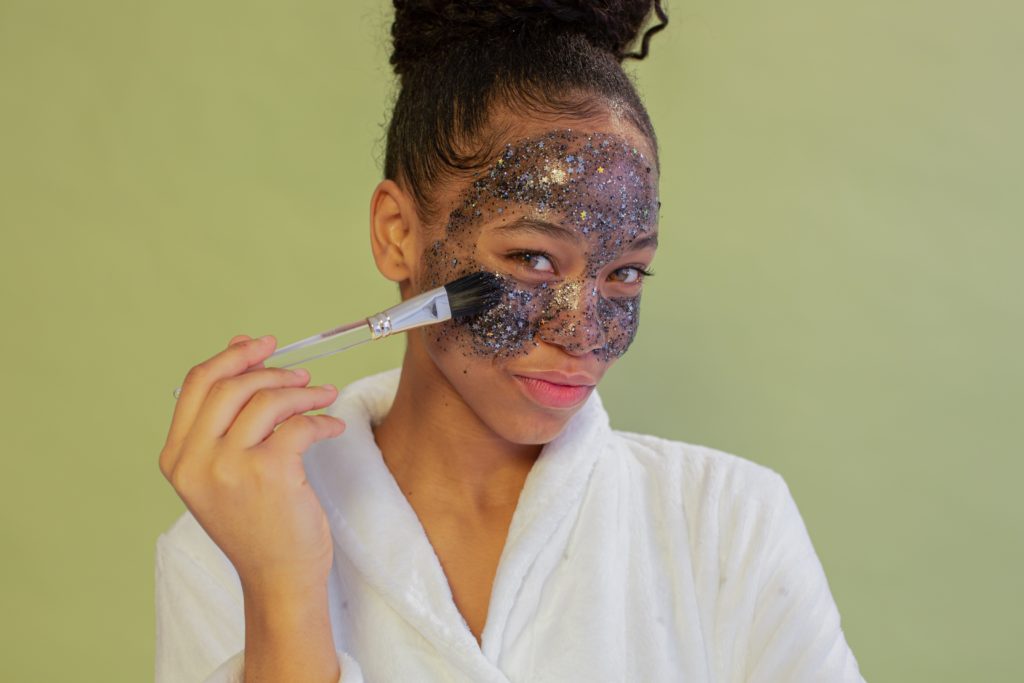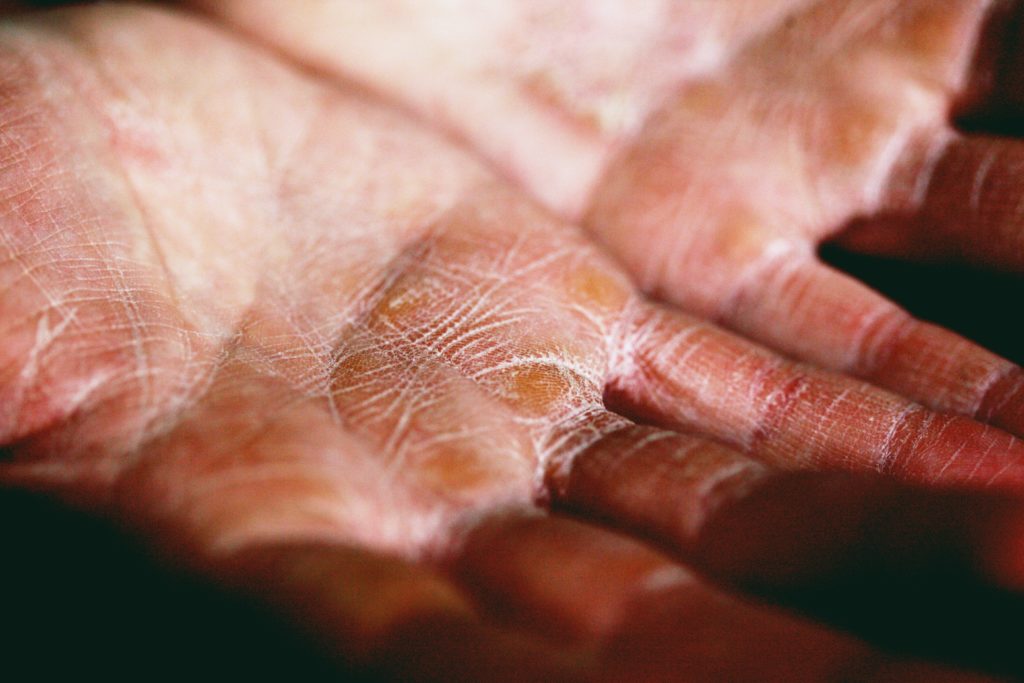Blackheads are considered a mild form of acne and are generally not painful. They can be unsightly, however, and many people may feel self-conscious about them. Although blackheads are a common skin concern, there are various methods that can help to prevent and treat them.
So, if you’re prone to blackheads, it is important to understand the causes of blackheads and various ways to treat them. Luckily, we have all this information for you. Keep reading to find out.
What are Blackheads?
Blackheads are a type of acne that forms when the pores of the skin become clogged with a mixture of oil, dead skin cells, and bacteria. They are called “blackheads” because the surface of the plugged pore is open, and the plug of oil and skin cells is exposed to air, causing it to oxidize and turn black.
They are also known as open comedones. Blackheads are most commonly found on the face, especially on the nose and forehead, but can also occur on other parts of the body such as the chest, back, arms, and shoulders.
What Causes Blackheads?
Blackheads are caused by a build-up of oil and dead skin cells in the pores of the skin. When the skin produces too much oil (sebum) and dead skin cells, the pores can become clogged. The mixture of oil and dead skin cells can form a plug, which is called a comedone. When the plug is open at the surface of the skin, the oil and dead skin cells are exposed to air, which causes them to turn black. This is why blackheads are black in color.
Hormones play a role in the formation of blackheads as well. An increase in androgen (male sex hormone) levels, which happens during puberty, can cause an increase in sebum production, making the skin oilier, and this can lead to more blackheads.
Some factors that can contribute to the formation of blackheads include genetics, hormonal changes, stress, certain medications, and certain skin care products.
How to Treat Blackheads
Here are some tips for treating blackheads:
1. Cleansing
Washing your face with a mild cleanser twice a day can help to remove excess oil, dirt, and other impurities that can clog pores and lead to blackheads. Look for a cleanser that is formulated for your skin type (oily, dry, etc.).
2. Exfoliating
Gently exfoliating your skin once or twice a week can help to remove dead skin cells that can clog pores. You can use a physical exfoliant like scrubs, or a chemical exfoliant such as salicylic acid, lactic acid, or glycolic acid.
3. Topical Treatments
Products that contain salicylic acid or benzoyl peroxide can help to unclog pores and reduce inflammation. Over-the-counter products that contain these ingredients are commonly used. But, it’s always a good idea to talk to a dermatologist before adding new products to your skincare routine.
4. Avoid Oil-Based Products
Using heavy, oily skin care products and makeup can contribute to the formation of blackheads. Consider switching to oil-free or non-comedogenic options.
5. See a Specialist
If you have excessive blackheads or blackheads that are not responding to over-the-counter treatments, you may want to consider seeing a dermatologist for professional advice and treatment options.
Conclusion
It’s important to remember that consistency is key when it comes to treating blackheads. Be consistent in following a good skincare routine, and it should show improvements over time. And, try to avoid picking or squeezing at blackheads, as this can lead to skin damage and scarring.



